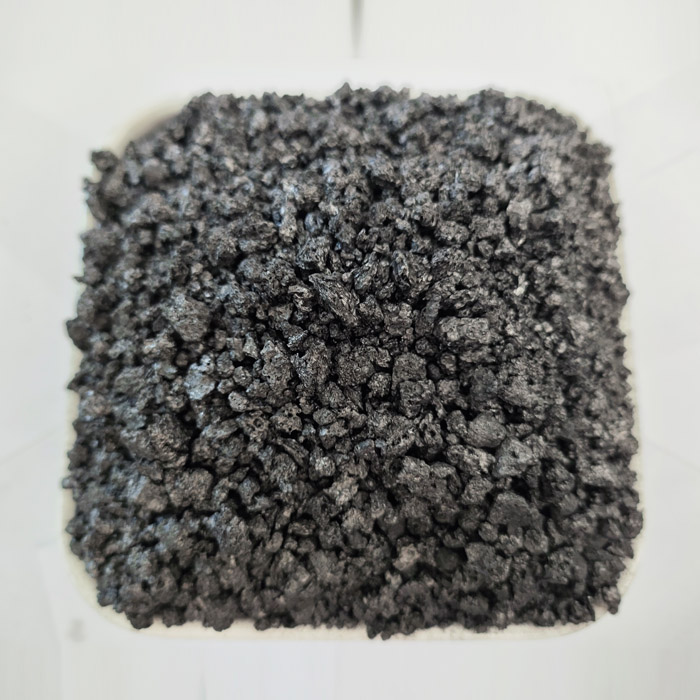Dec . 07, 2024 09:39 Back to list
ac copper pipe insulation material
Understanding AC Copper Pipe Insulation Materials Importance, Types, and Benefits
Air conditioning systems are essential for maintaining a comfortable indoor climate, especially in regions with extreme temperature variations. One crucial component of these systems is the copper piping, which plays a vital role in refrigerant flow. However, to ensure optimal performance and energy efficiency, insulating these copper pipes is necessary. In this article, we will explore the significance of AC copper pipe insulation materials, the different types available, and the benefits they offer.
The Importance of Insulating Copper Pipes
Insulating copper pipes in air conditioning systems is fundamental for several reasons. First and foremost, insulation helps to reduce energy losses. When refrigerant travels through uninsulated copper pipes, heat exchange can occur with the surrounding environment, leading to energy waste. Proper insulation minimizes this heat transfer, allowing the system to operate more efficiently.
Moreover, insulation plays a critical role in preventing condensation. Copper pipes can become cold when refrigerant flows through them, and without insulation, moisture from the air can condense on the surface of these pipes. This condensation can lead to water damage, mold growth, and decreased indoor air quality. By insulating the pipes, these risks are significantly reduced.
Types of Insulation Materials
Various insulation materials are available for AC copper pipes, each with its unique properties and advantages
1. Foam Rubber Insulation This is one of the most commonly used insulation materials for copper pipes. Foam rubber is flexible, durable, and resistant to moisture. It effectively wraps around pipes and provides excellent insulation against both heat loss and condensation. Additionally, it is relatively easy to install, making it a popular choice among HVAC professionals.
2. Fiberglass Insulation Fiberglass insulation consists of glass fibers and is known for its high thermal resistance. It is available in batts or rolls and can be used on both straight sections of pipes and around bends. Fiberglass is non-combustible and does not absorb moisture, making it a suitable choice for areas prone to humidity.
3. Elastomeric Foam Insulation This type of insulation is made from a synthetic rubber material that is designed for superior thermal performance. Elastomeric foam has excellent flexibility, making it easy to install on various pipe sizes and shapes. It is also highly resistant to moisture and UV exposure, making it ideal for outdoor applications.
ac copper pipe insulation material

4. Mineral Wool Insulation Also known as rock wool, mineral wool is composed of spun mineral fibers. It offers excellent thermal and acoustic insulation properties. However, it is less commonly used for copper pipe insulation due to its heavier weight and more complex installation process. It is, however, effective in applications where fire resistance is a concern.
Benefits of Insulating AC Copper Pipes
The advantages of insulating copper pipes in air conditioning systems are manifold
- Energy Efficiency By reducing heat loss, insulation allows air conditioning systems to maintain desired temperatures without overworking. This leads to lower energy bills and a reduced carbon footprint.
- Extended Equipment Lifespan Insulated pipes help in maintaining the optimal temperature for refrigerants, which can reduce wear and tear on the compressor and other components of the AC system. This can extend the overall lifespan of the equipment.
- Improved Comfort By preventing condensation, proper insulation contributes to a more comfortable indoor environment. It helps to maintain consistent temperatures and reduces the likelihood of dampness and mold.
- Noise Reduction Some insulation materials, such as fiberglass and mineral wool, also provide sound-dampening properties, which can help minimize the noise produced by the AC system.
- Compliance with Building Codes Many building regulations require insulation of piping in HVAC systems. Ensuring compliance can prevent potential legal issues and enhance the overall safety of a building.
Conclusion
In summary, insulating copper pipes in air conditioning systems is a critical aspect of ensuring efficiency, longevity, and comfort. With various insulation materials available, it is essential to choose the right one based on the specific needs of the installation. Investing in high-quality insulation not only enhances the performance of air conditioning systems but also contributes to energy conservation and improved indoor air quality. As awareness of these benefits grows, more homeowners and businesses are prioritizing proper insulation, leading to safer and more efficient HVAC systems.
-
Eco-Friendly Granule Covering Agent | Dust & Caking Control
NewsAug.06,2025
-
Fe-C Composite Pellets for BOF: High-Efficiency & Cost-Saving
NewsAug.05,2025
-
Premium Tundish Covering Agents Exporters | High Purity
NewsAug.04,2025
-
Fe-C Composite Pellets for BOF | Efficient & Economical
NewsAug.03,2025
-
Top Tundish Covering Agent Exporters | Premium Quality Solutions
NewsAug.02,2025
-
First Bauxite Exporters | AI-Optimized Supply
NewsAug.01,2025
